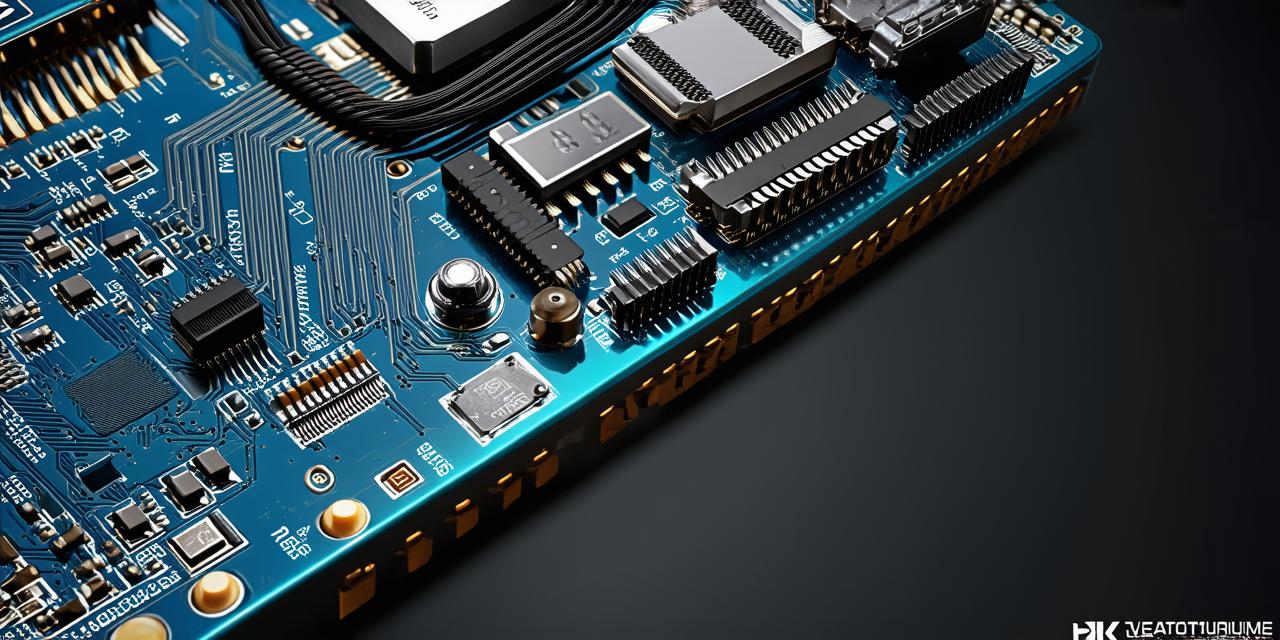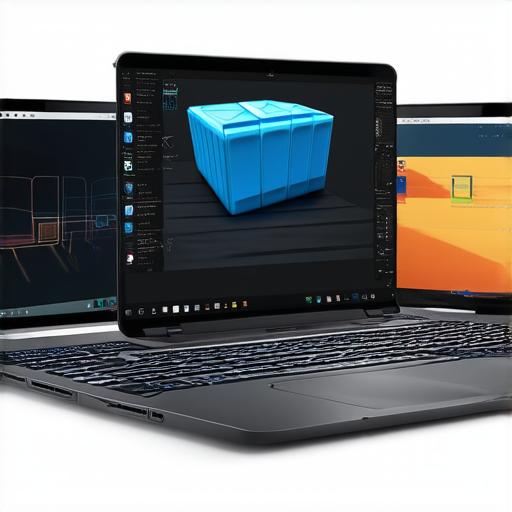

Introduction:
As an experienced unity developer, you know the importance of creating visually stunning and immersive 3D environments. However, importing your own 3D models into Unity can be a daunting task for beginners. With the right tools and techniques, however, anyone can import their own 3D models into Unity with ease. In this comprehensive guide, we will explore how to import a 3D model into Unity, from finding suitable models to preparing them for use in your project.
Finding Suitable Models:
The first step in importing a 3D model into Unity is to find a suitable model that fits the needs of your project. There are many websites online where you can download free and paid 3D models, such as Sketchfab, TurboSquid, and CGTRADER. When choosing a model, consider its scale, resolution, and compatibility with Unity. Make sure to choose a model that is appropriate for your project’s requirements.
Preparing Models for Use in Unity:
Once you have chosen your 3D model, the next step is to prepare it for use in Unity. This involves exporting the model from your modeling software and converting it into a format that Unity can read. The most common format for 3D models in Unity is FBX, but you can also use OBJ or COLLADA. You will need to make sure that the model’s file size is within Unity’s limits, which are around 2GB.
Importing Models into Unity:
To import your 3D model into Unity, go to Assets > Import Package > Package. Select the folder where your 3D model is saved and click on Open. Once the model has been imported, you can drag and drop it onto the Hierarchy view in the Unity editor. This will create a new object in the scene that you can manipulate as needed.
Texturing and Lighting Models:
Once your 3D model is imported into Unity, you can add textures and lighting to give it a more realistic appearance. Textures are used to add color and detail to the surface of the model, while lighting is used to simulate the light source in the scene. There are many resources available online for creating textures and lighting effects, such as Substance Painter and HDRI Sky.
Animation and Interactivity:
Unity also offers a range of tools for adding animation and interactivity to your 3D models. You can use animations to make the model move or change its appearance, while interactions allow users to interact with the model in some way. There are many resources available online for creating animations and interactions, such as Anim2D and Particle Systems.
Common Issues and Solutions:
When importing 3D models into Unity, there are several common issues that you may encounter. One issue is that the model may not be imported correctly, which can cause it to appear distorted or missing in the scene. To fix this, make sure that the model’s file size is within Unity’s limits and that it has been properly prepared for use in Unity.
Another issue is that the model may not be textured or lit correctly. To fix this, make sure that you have added the correct textures and lighting to the model, and that they are set up correctly in Unity. You can also try adjusting the model’s scale or rotation to improve its appearance in the scene.
Summary:
Importing 3D models into Unity is a powerful tool for creating immersive and visually stunning environments. With the right tools and techniques, anyone can import their own 3D models into Unity with ease. By following the steps outlined in this guide, you will be well on your way to creating your own 3D environments using Unity.

